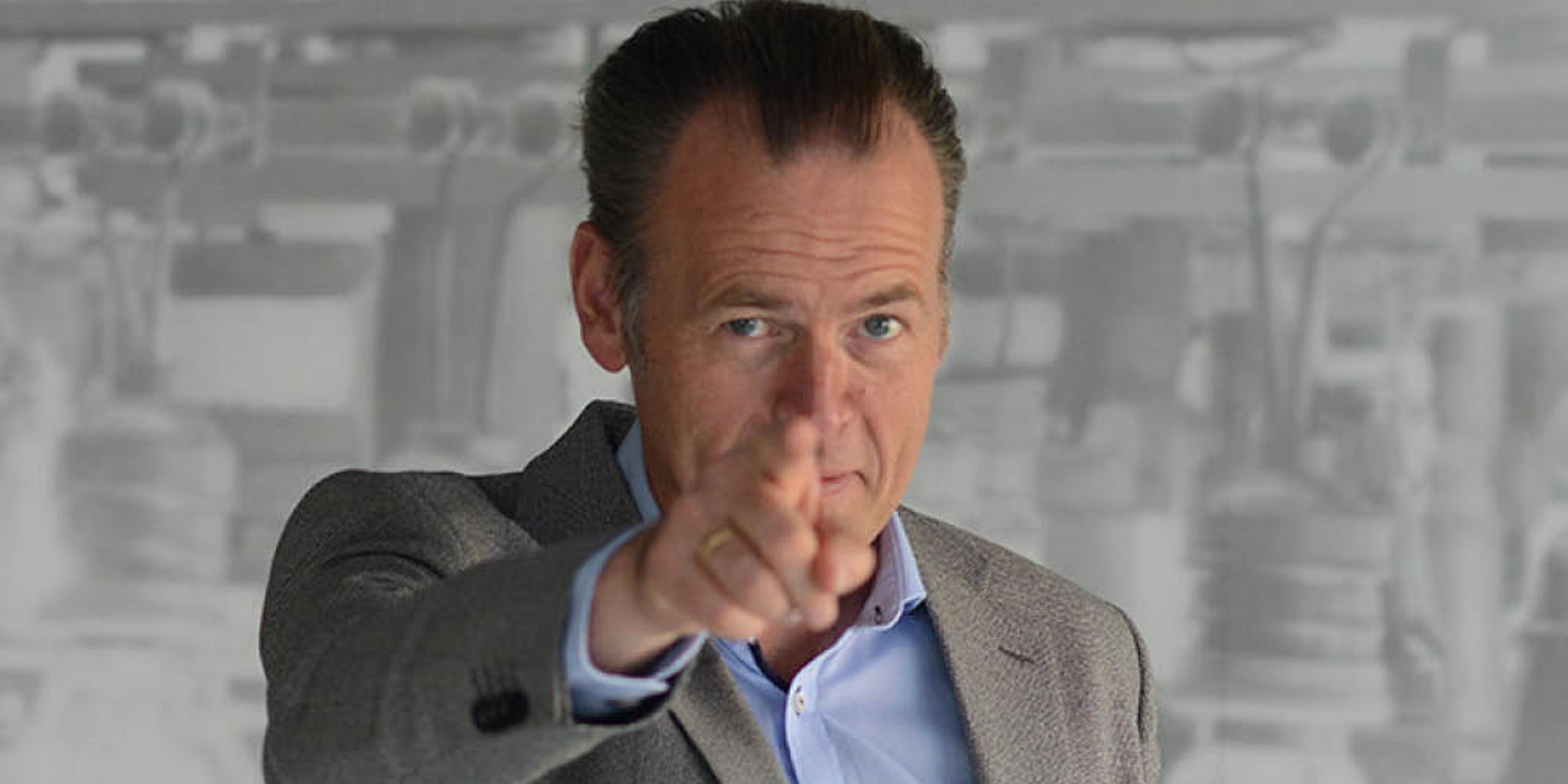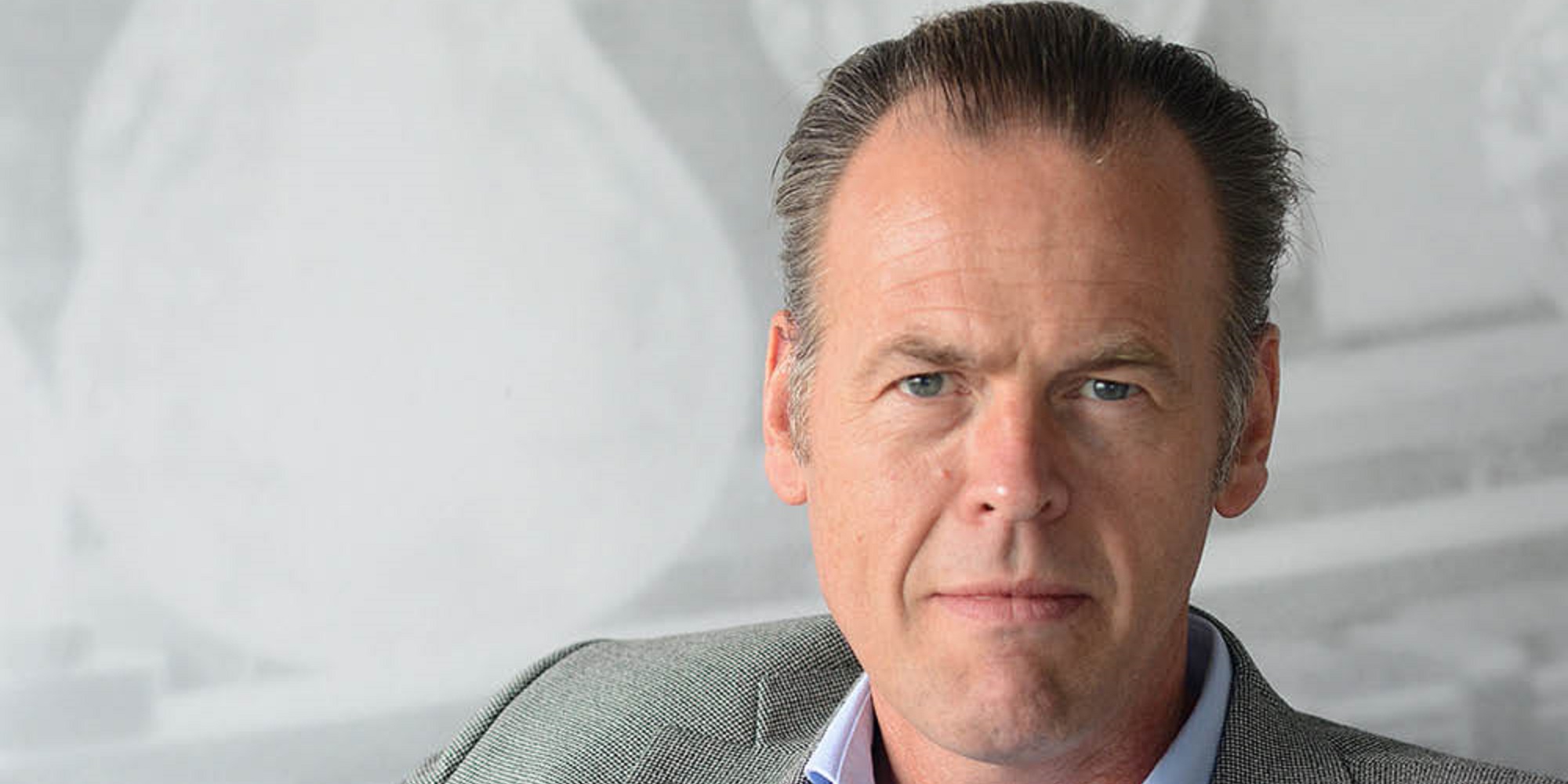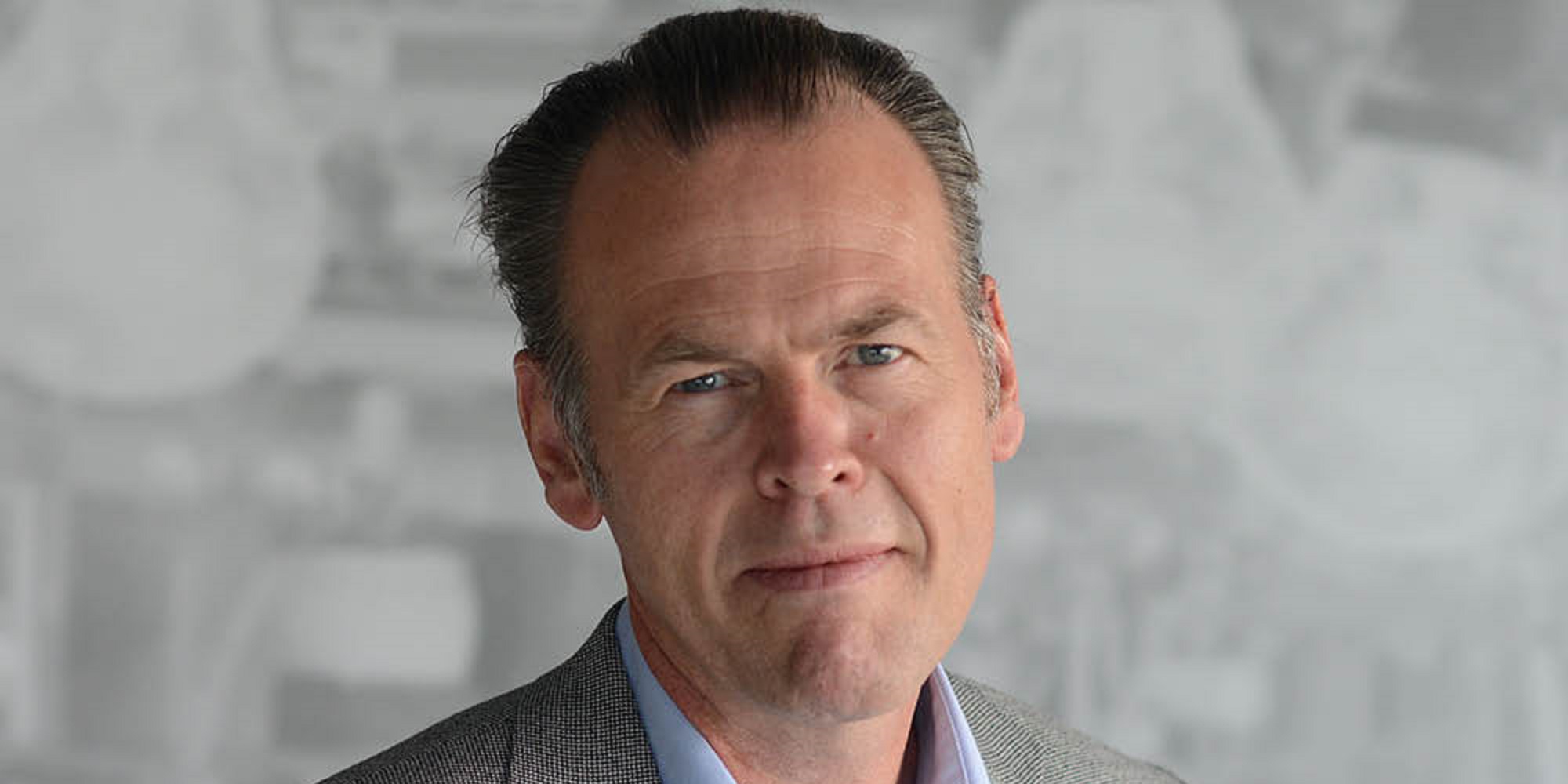This week, I met with some companies in the embedded systems space that are looking to start A/B experimentation in their products. These products have safety-critical functions and subsystems and of course, it’s difficult to even imagine A/B tests that aren’t, in some way, touching safety-critical functionality. The proponents of experimentation at these companies outlined the challenges they were experiencing and interestingly, all challenges were internal to the organization. To transition from the traditional specification-based R&D to A/B testing requires changes to the way testing takes place, requires a significant reduction in system variants, needs support for deployment of new software versions (preferably over the air), changes the way safety certification takes place, the way we measure data from products in the field, and so on.
Although I believe the adoption of experimentation practices is critical for any company, my point here is to focus on the fact that in most companies I work with, to change anything requires changing everything. For the longest time, companies focused on optimizing the efficiency of their operations. As a result, every activity, every process was integrated into a larger whole, carefully aligned and then tuned to the point that the amount of slack in the system has been reduced to virtually zero.
This doesn’t just take place inside companies but across business ecosystems as well. Automotive companies are famous for demanding their suppliers to build factories next to theirs so that the OEM doesn’t need to run any inventory as it will see a constant flow of product coming in from their suppliers’ factories next door. Deeply integrated, highly aligned, very efficient.
Initially, this integration and alignment starts with individuals coordinating with each other. The next step is to define a repeatable process that everyone needs to follow. The step after that is to build systems that automate the processes. The challenge is that with every one of these steps, changing anything becomes harder and harder.
The focus on efficiency and automation works as long as you’re operating in a stable, unchanging environment. The moment disruption hits, though, the brittle system falls apart. To avoid that, companies and entire business ecosystems fight as hard as they can to resist change. In the short term, the arguments are always valid: the cost of changing the entire set of systems, business processes, interactions between individuals and even the culture of the company in response to change is always higher than the short-term gains.
The problem is, of course, that every time you resist change, you get a bit behind. You accumulate some business, process and technical debt. You become a little less “fitting” to the environment in which you’re operating.
One way to characterize the history of humanity is a constant battle to control our environment and to minimize the need to adapt to the context in which we operate. From rooting out animals that hunt humans to building houses that control the temperature and humidity of the air we breathe and from vaccines to eradicate infectious diseases to the internet that allows us to connect with others, independent of time and space – all of these accomplishments can be viewed as ways to control our environment.
Our success has created a perception that the world is stable and predictable and therefore, we can afford to build deeply integrated, highly aligned and fully automated systems. During the last months, however, we’ve been reminded of the fact that we control much less than we think. The Covid-19 situation has disrupted numerous highly efficient systems.
'We need to be careful to avoid building these brittle systems'
My point is that we need to be careful to avoid building these brittle systems. We need agility, flexibility and the ability to rapidly change direction. Instead of resisting change, we should welcome it, even initiate it by constantly reinventing ourselves. As Peter Drucker famously said: “Business has only two basic functions, marketing and innovation; all the rest are cost.” Innovation, by its very definition, changes things from how we did them yesterday. It should be easy to innovate and innovation needs experimentation as you never know what works until you try it out. Rather than focusing on efficiency through alignment, processes and systems, focus on making innovation as easy, seamless and fun as possible. In the end, that’s where the real battle is won!





